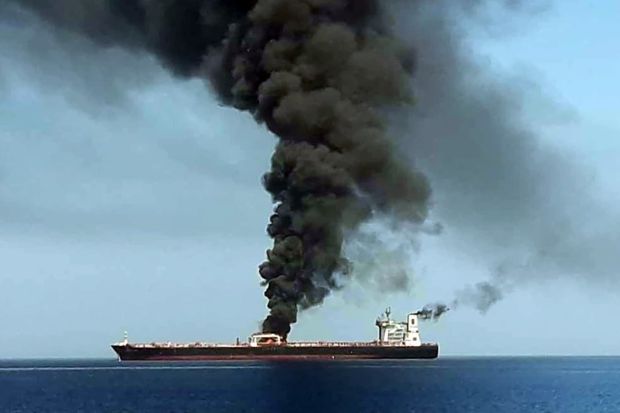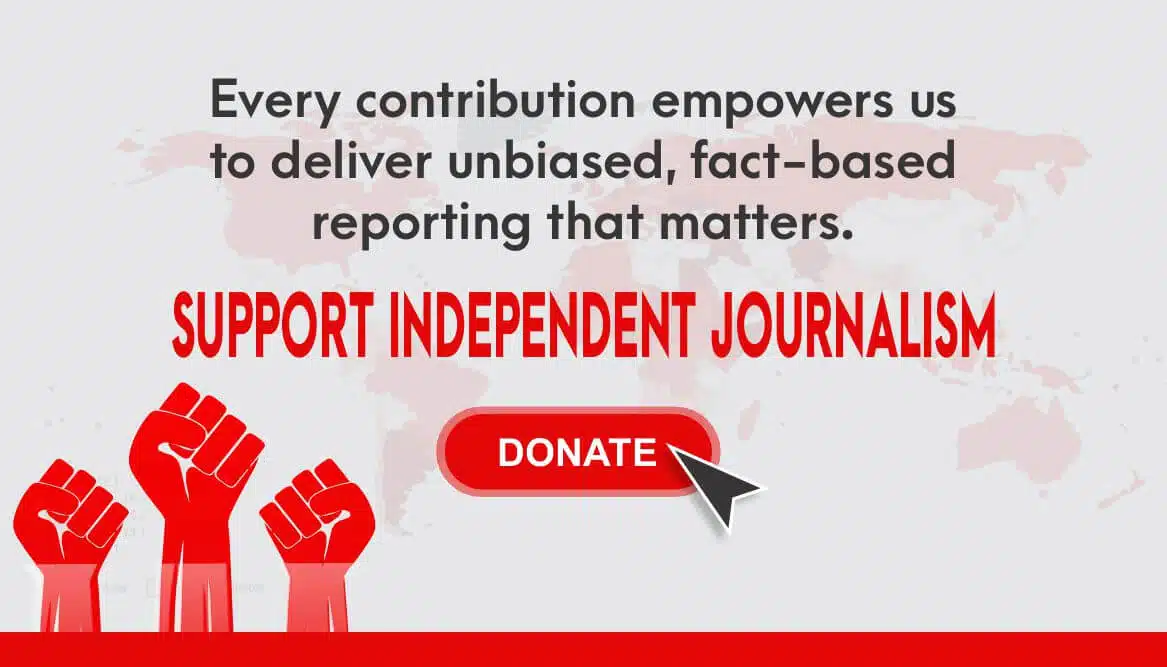Oil prices jumped as much as 4 per cent on Thursday after a suspected attack on two
tankers in the Gulf of Oman near Iran and the Strait of Hormuz, through which a fifth of global oil consumption passes.
The Marshall Islands-flagged Front Altair carrying naphtha and the Panama-flagged Kokuka Courageous carrying methanol
have been evacuated and the crews were safe, shipping sources said.
The charterer of the former said the vessel was “suspected of being hit by a torpedo”.
The manager of the latter said it had been damaged as a result of a “suspected attack” but that its cargo was intact.
The incident followed last month’s nearby sabotage attacks on vessels off the Fujairah emirate, one of the world’s largest bunkering hubs.
Brent crude futures were up 1.91 dollars or 3.18 per cent at 61.88 dollars a barrel, having risen as much as 4.45 per cent to 62.64 dollars at early trading.
U.S. West Texas Intermediate crude futures were up 1.42 dollars or 2.78 per cent at 52.56 dollars a barrel. WTI earlier rose as much as 3.85 per cent to 53.11 dollars.
“This is a fairly small increase given the uncertainty and the potential knock-on effects of attacks such as these.
“This partially reflects the fact that the oil market has already priced in the supply and geopolitical risks emanating from Iran,” Cailin Birch,
economist at The Economist Intelligence Unit said.
He added that “however, it also reflects market concerns that the continued U.S.-China trade war will weigh on economic activity, and therefore
oil demand growth, in the world’s two largest economies.”
Both crude benchmarks are set for their biggest daily rises since early January, but they are nevertheless headed for a weekly loss.
Tension in the Middle East escalated since U.S. President Donald Trump withdrew from a 2015 multinational nuclear pact with Iran and
reimposed sanctions, notably targeting Tehran’s key oil exports.
Iran, which distanced itself from the previous attacks, said it would not be cowed by what it called “psychological warfare.”
Also supporting oil bulls were signs that OPEC members were close to agreeing on continued production cuts.







